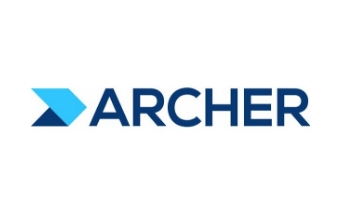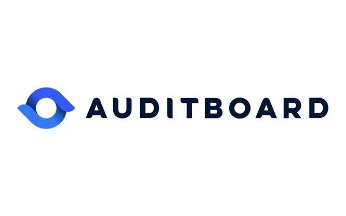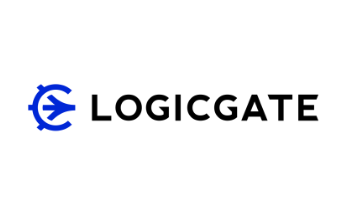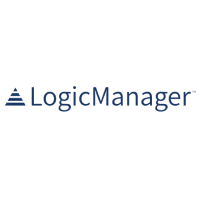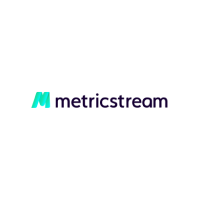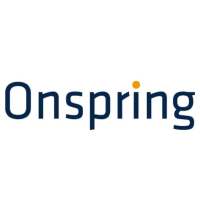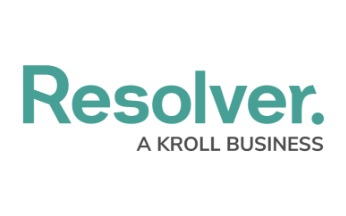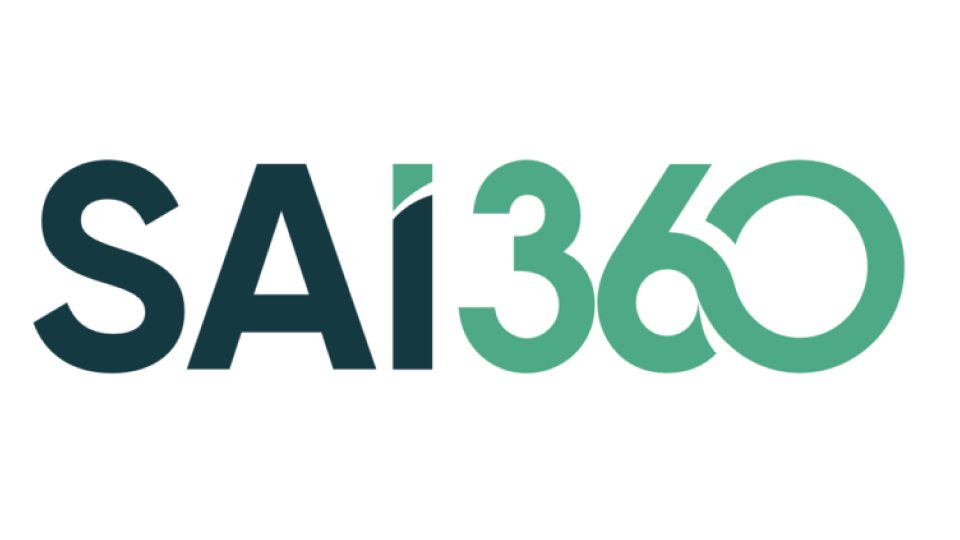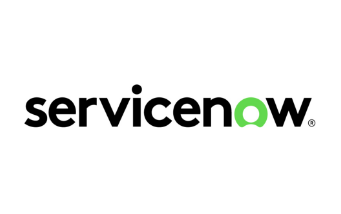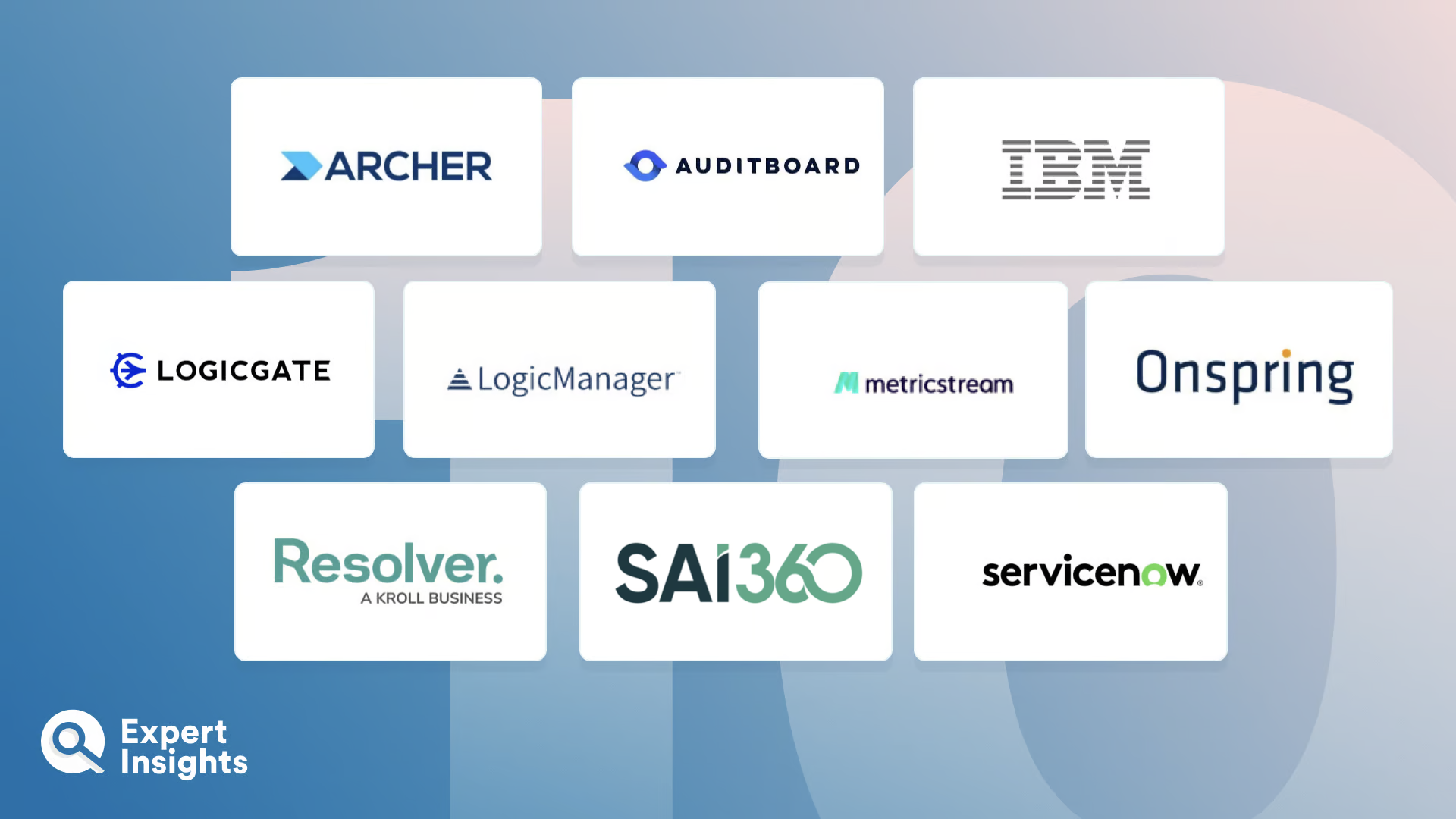Regulatory Change Management (RCM) software is designed to help businesses adapt to an ever-evolving regulatory environment by streamlining the process of identifying, tracking, and managing regulatory changes. As regulatory requirements grow in complexity and scope, organizations need reliable and efficient tools to stay compliant, reduce risk, and avoid penalties resulting from non-compliance. The effective implementation of regulatory change management can lead to better decision-making, improved operational efficiency, and a more robust risk management framework.
RCM software automates the process of identifying and monitoring regulatory changes, analyzing their impact on the organization, and ensuring that necessary updates are made to policies, procedures, and controls. This comprehensive approach can help organizations to minimize their compliance risk, while also offering greater visibility into their compliance status.
In this guide, we will explore the top regulatory change management software solutions. We have assessed these solutions based on their features, ease of use, scalability, and ability to integrate with other systems. We have also taken into account customer feedback and industry reputation in our assessment of the best RCM software options for organizations of all sizes.



